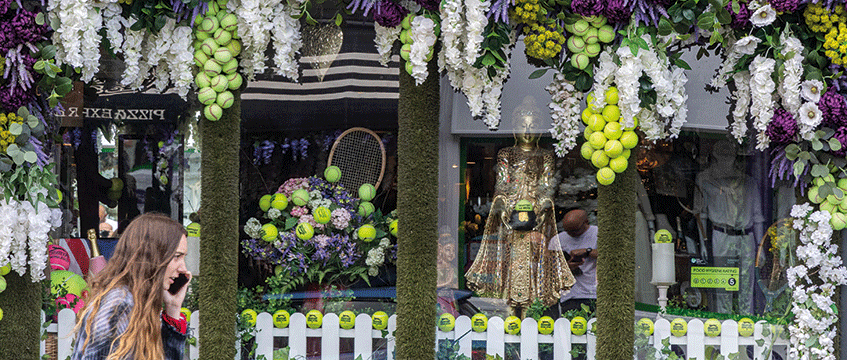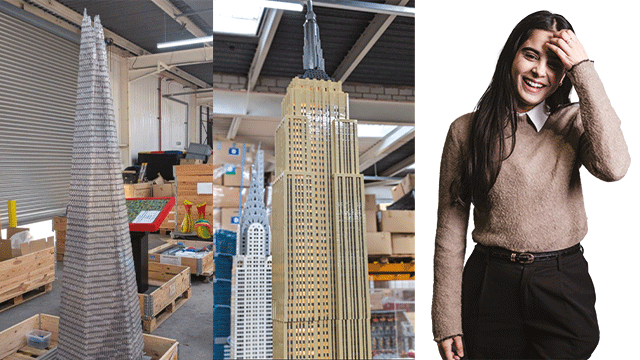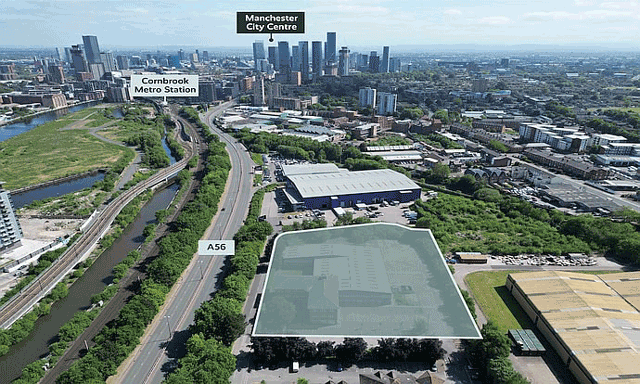COMMENT When we look at what shapes our cities up and down the country, retail is at the heart of creating a cohesive sense of place. We only need to look back a few years to the height of the pandemic and subsequent lockdown period to see the impact such measures had on the vibrancy and success of our high streets.
Retailers accelerated their digital transformation as a response mechanism to lower footfall volumes, which has become a catalyst for change within the retail landscape we see today. There is now a greater emphasis on hybrid retail models that combine in-store and online shopping experiences to meet evolved consumer behaviour patterns.
However, we have seen the pendulum swing back in physical retail’s favour for a number of shopping categories as experience rises up the priority list.
Beyond shops
When we think about experience, this goes far beyond just shops. From restaurants, bars and cafés to traditional leisure and competitive socialising, curating and enlivening the tenant mix is a critical step in the delivery of a successful bricks-and-mortar offering, not forgetting essential services such as doctors, libraries and pharmacies.
The want for places that meet our day-to-day needs while simultaneously allowing us to meet, interact and create a sense of community has never been greater. The pandemic reinforced this, with learnings that continue to shape and evolve the landscape of our high streets today. We’ve seen first hand the impact a failing, empty high street can have on the identity of a community and surviving local businesses – many of which rely on footfall, word of mouth and vibrant spaces to ensure their longevity.
In London specifically, we are spoilt by an abundance of high streets that form part of the city’s fabric, and the impact they have on the wider economy is considerable. According to the Greater London Authority, more than half of London’s jobs are spread across 600 high streets outside the centre of London. Moreover, two-thirds of Londoners live within a five-minute walk of a high street and two-thirds of the capitla’s developable land is on, or near, a high street.
Diversity is key
Looking at some of London’s most successful villages and local shopping streets, examples can be taken from the likes of Cadogan’s Chelsea, Shoreditch High Street, Howard de Walden’s Marylebone Village, Westbourne Grove and Wimbledon Village, where alongside prestigious global retailers, local heroes and amenity uses are equally important in drawing in the local consumers as well as customers from further afield.
The diversity of these offerings has contributed enormously to the success of such locations. Marylebone Village has worked to create tenant synergies, fulfilling any underrepresented product categories while ensuring the whole offering remains relevant to the modern consumer. Retail and leisure might well be the smallest element of the estate, but there is no doubt it has a symbiotic relationship with the other sectors that form part of its ecosystem. The success of these areas with the correct tenant mix has a clear knock-on effect on the landlord’s other holdings including driving their residential and office demand.
Adaptable and resilient
Ensuring vibrancy in these retail hubs protects the long-term appeal of well-known and much-loved destinations, specifically those that thrive on locality. The retail make-up of London in 2024 is a demonstration of its adaptability and resilience, continuing to draw both domestic and international visitors with its increasingly dynamic offerings that reflect the wants of today’s consumer.
Shirin Elghanayan is executive director and head of London estates, retail, CBRE
Image © Alex Lentati/LNP/Shutterstock
Follow Estates Gazette











